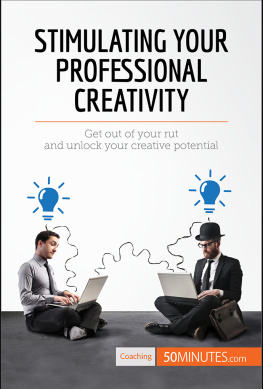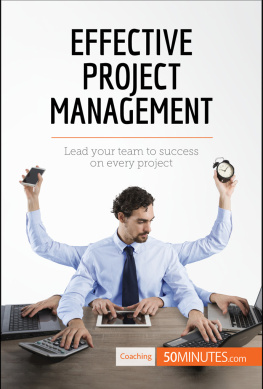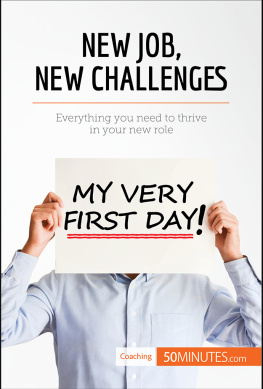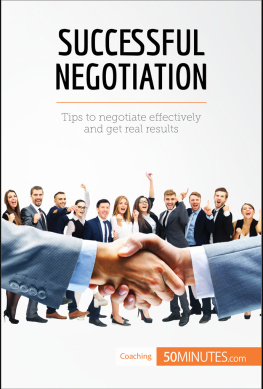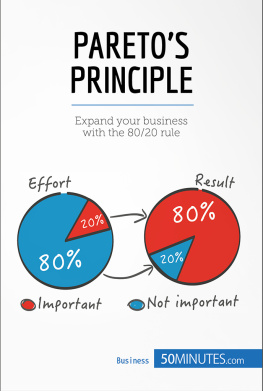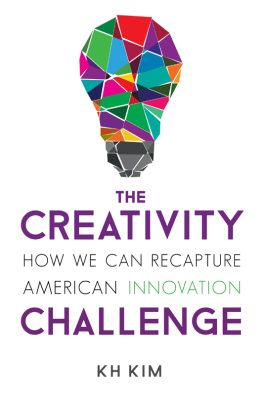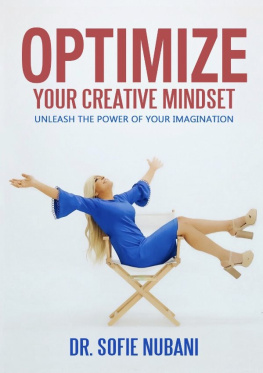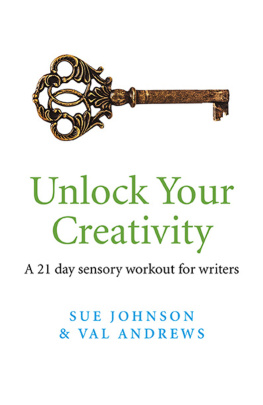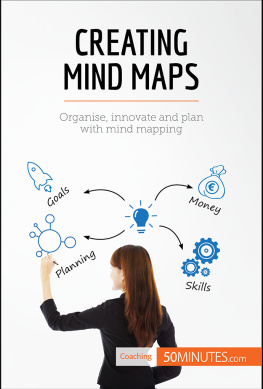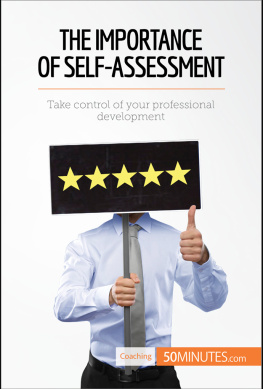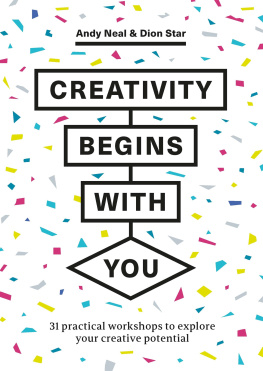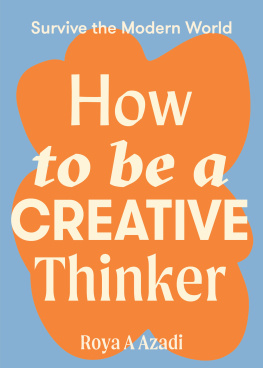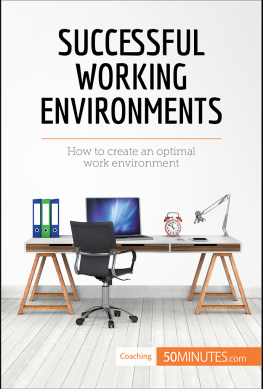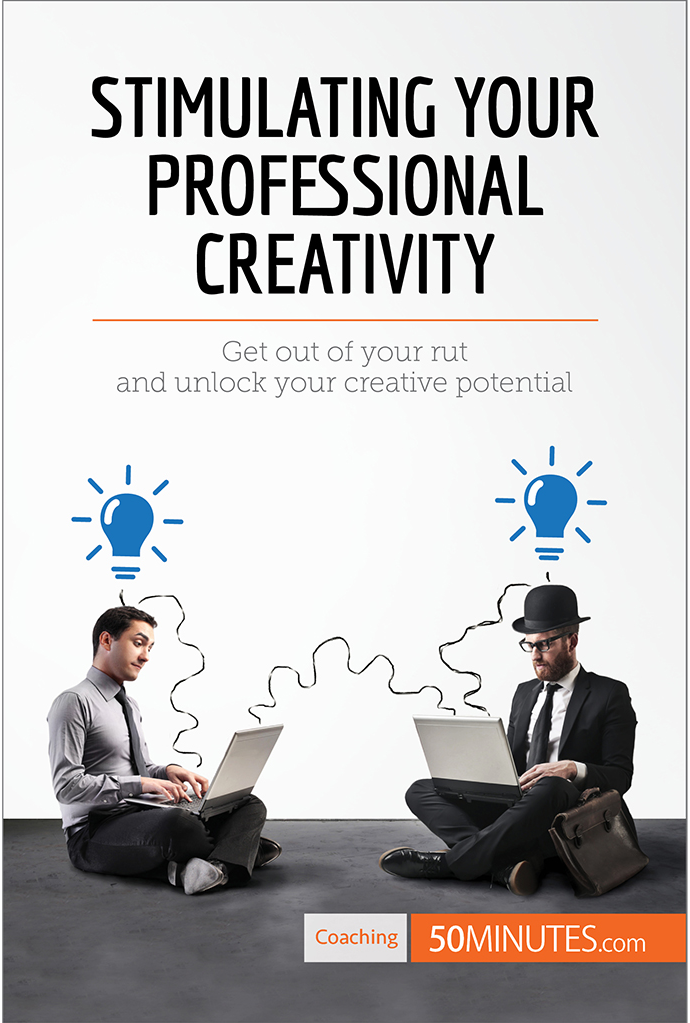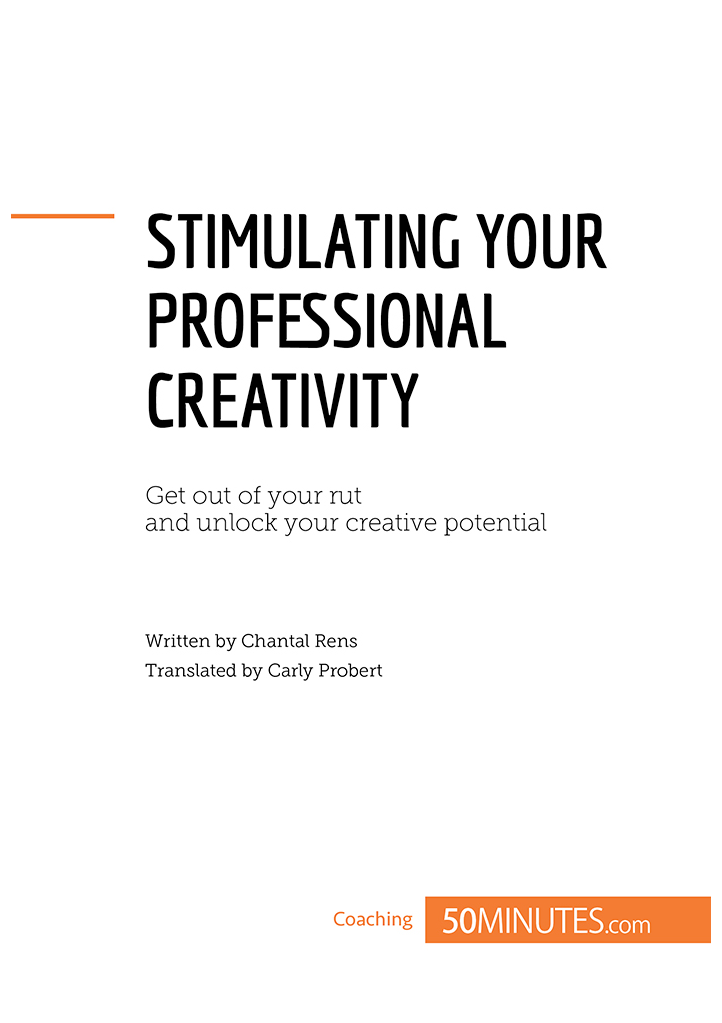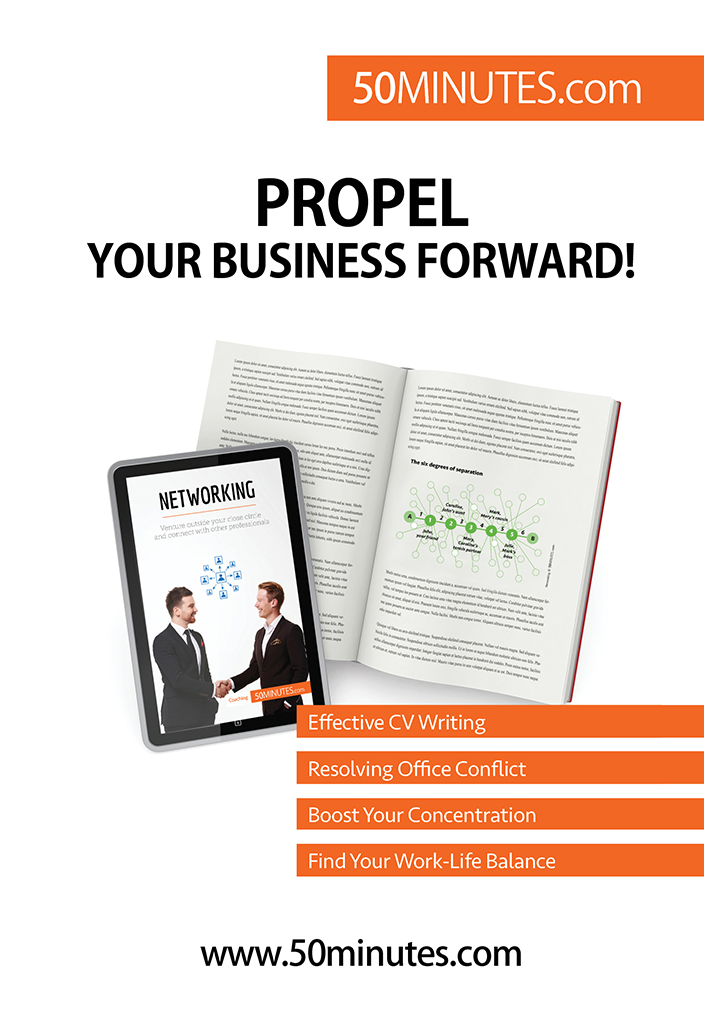How to spark your professional creativity
- Problem: How can I develop my creative talents in order to stand out in the office?
- Uses: Awakening your imagination allows you to think of innovative solutions to any situation what a way to become an asset to your company!
- Professional context: Personal development, innovation, professional efficiency and problem-solving.
- FAQs:
- Are we all creative?
- Is creativity a recognised skill in business?
- There is already a creative hub in my company; do I still need to develop my own creativity?
- How can I concretely develop a creative state of mind?
- What is the difference between imagination, creativity, invention and innovation?
Of course, being creative is a true asset, especially in a professional context of constant change and intense competition, where everything is measured increasingly in the short-term. Start-up bosses know this well: In todays world, straight lines are rare, says Michael Brecht, founder of Doodle AG (online planning service). You should know how to adapt your business model based on opportunities and motivate all your employees.
Do you want to shine in a meeting with your original, yet realistic ideas, but think that creativity is a gift reserved for a privileged few? Think again!
Inventiveness remains accessible, but proposing innovative solutions is something that definitely cannot be improvised. It requires work and discipline: you must establish a framework, rely on stimulation techniques, sort the crazy ideas from those that are adapted to the problem, etc. Are you still sceptical? Do you still think that this is a power reserved for marketing teams, advertising pros or new technology virtuosos? This is not the case. In many cases, you will hit the bulls eye if you dare to think outside the box and try looking at the situation with fresh eyes. Creativity can come into play through the search for new customers, developing new product packaging, organising an evening event, writing a speech, implement a revolutionary concept or managing conflict between employees.
Whether practicing solo or in a collective brainstorming session, your innovation potential can make a difference. Still, it is necessary to learn its principles. In just 50 minutes, this book will present to you the process of imagination and the tools that can help you to develop your creativity every day.
Professional creativity: the basics
Understanding creativity
Creative intelligence
According to Robert Sternberg (American psychologist, born in 1949), Creativity is the ability to produce work that is: innovative (i.e. original, unexpected), good quality and appropriate (i.e. useful and respects constraints) (Sternberg, Kaufman, & Pretz, 2002: 1). This specialist also analyses the role of intelligence in the creative process and identifies the following trio:
- Analytical intelligence (left hemisphere) is the ability to analyse, evaluate and solve a problem. This is academic intelligence that can be measured by IQ.
- Practical intelligence (right hemisphere) defines responsiveness to circumstances.
- Creative intelligence is the ability to invent ideas to face new and unusual situations based on experience and by soliciting imagination and intuition.
American psychologist J. P. Guilford (1897-1987) also articulates these two concepts by identifying two stages in the creative process:
- Divergent thinking. This is a mental process used to produce as many ideas as possible using imagination and intuition.
- Convergent thinking. Starting with the initial reflections, this provides an organised and operational response using a persons reasoning abilities.
Creativity is used for divergent thinking, while intelligence is more to do with convergent thinking. The two are related; there is no intelligence without creativity, and vice versa.
Creativity vs. innovation
Creativity and innovation are often confused. However, being creative does not necessarily mean innovating, and the opposite is also true. Creativity allows for the emergence of new ideas that do not always work, while innovation involves real change, a concrete improvement in the business through established means. Also, while we can imagine by ourselves, innovation often requires the expertise of several professionals.
The creative process
In the twenties, Graham Wallas (Professor of Political Science, 1858-1932), who was very interested in psychology, distinguished four stages in the creative process:
- Preparation. During this time, the foundation work is carried out, which can be rather laborious, in which you define the problem and collect the information needed to solve the problem;
- Incubation. During this second phase, whether short or long, the brain works unconsciously by associating ideas on the subject;
- Enlightenment. This is the phase when ideas emerge, where you indulge in spontaneity freely and without judgement;
- The checking process. This last phase involves the selection of ideas, according to the relevance and feasibility.
Different creative logics
Creativity can take many forms. Depending on your mode of operation, choose one or the other method:
- Associative logic is based on the free association of ideas. This is to spontaneously express as much as possible, without censorship, and smoothly linking them together. This practice is particularly useful when brainstorming;
- Analogical logic based on the comparison between close areas, in order to draw similarities and differences. Synectics, an American method developed by William Gordon (1919-2003) and George Prince (1918-2009), uses this approach by seeking ideas in areas that have already been explored. For example, the plan was invented by making an analogy with the bird;
- Dreamlike logic. Robert Desoille (French engineer and psychologist, 1890-1966) developed a method based on this logic, called guided imagery (RED). The person gets into a relaxed state and then imagines a particular scenario. This technique aims to reach the unconscious, in order to foster imagination;
- Projective logic provides original ideas by putting oneself in the shoes of characters, animals, professionals, etc. Role plays are good examples of this.
Overcoming obstacles
Limited beliefs
For creative ideas to flow freely, we must overcome obstacles and release inhibitions that impede any innovative approach. These can be emotional: fear of being wrong, losing credibility, looking silly, being labelled as stupid, being in the minority, facing the stare of others, fear of the unknown, etc. They can also be based on cultural beliefs that hold back the potential to advance: thinking that imagination is for children, that your ideas will never be accepted in your company, needing to be right the first time without fumbling, etc.
These limiting beliefs are present daily in your unconscious. However, they are an interpretation of reality, and not a truth. To be creative, you have to escape the mould in which each individual is trapped. We must change our way of thinking and question what is thought to be possible and impossible, our experiences, our way of thinking, education, etc. We should not take knowledge for granted, but constantly try to change the way we see things. Reflecting will open new doors and develop your creativity.

